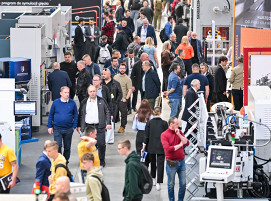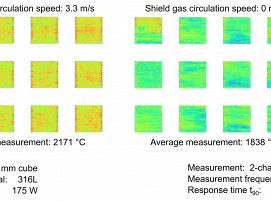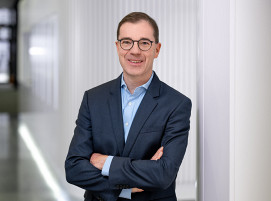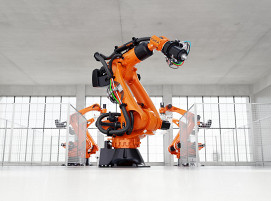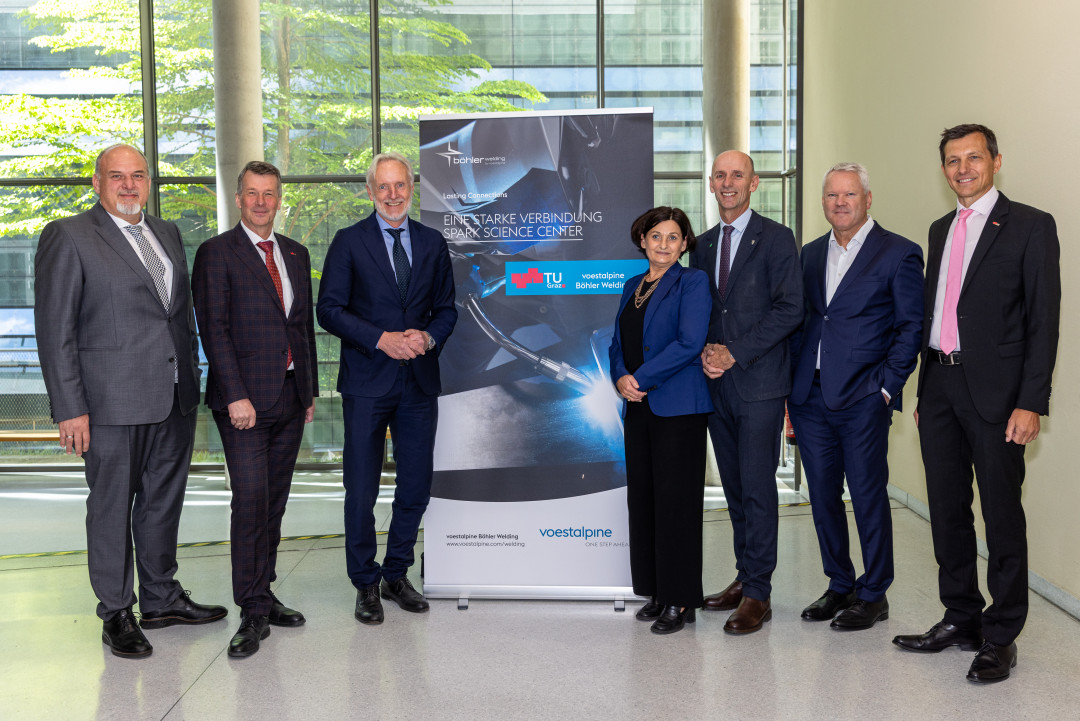
Graz University of Technology (TU Graz) and voestalpine Böhler Welding, a company of the voestalpine Metal Engineering Division, are strenghteing their long-standing collaboration with pioneering a research project. Under the title Spark Science Center, they are jointly developing AI-supported solutions to optimize welding processes.
Existing collaborations, including those with the Institutes for Railway Engineering and Transport Economics and Railway Infrastructure Design, are now being extended to encompass an additional innovative field. A good welding result depends on the optimal current-voltage curve of the welding equipment. Determining the ideal setting depends on various input variables. At the core of the project is the development of intelligent systems capable of automatically analyzing inputs – such as base materials, filler metals, shielding gases or welding methods – and adjusting welding parameters in real time. The goal is to replace manual adjustments with machine-learning-supported automation, ensuring consistently high quality and maximum process reliability.

Christof Sommitsch, Head of the Institute of Materials Science, Joining and Forming at TU Graz, explained: “Essentially, we are creating a vast data space in which all welding outcomes are represented as functions of different input variables. The machine learning model analyzes them, identifies dependencies and ultimately delivers a recommendation for the specific welding task.“ To collect the real-world data needed to train the machine learning model, the basic welding laboratory at TU Graz will be further developed and voestalpine Böhler Welding in Kapfenberg will generate large-scale data on a dedicated technology test line based on preliminary lab work.
The project is planned to run for around eight years, with the initial research steps already being undertaken within a PhD dissertation.
(Source: voestalpine Böhler Welding)
Schlagworte
AIAutomationCollaborationMachine LearningPartnershipWelding


